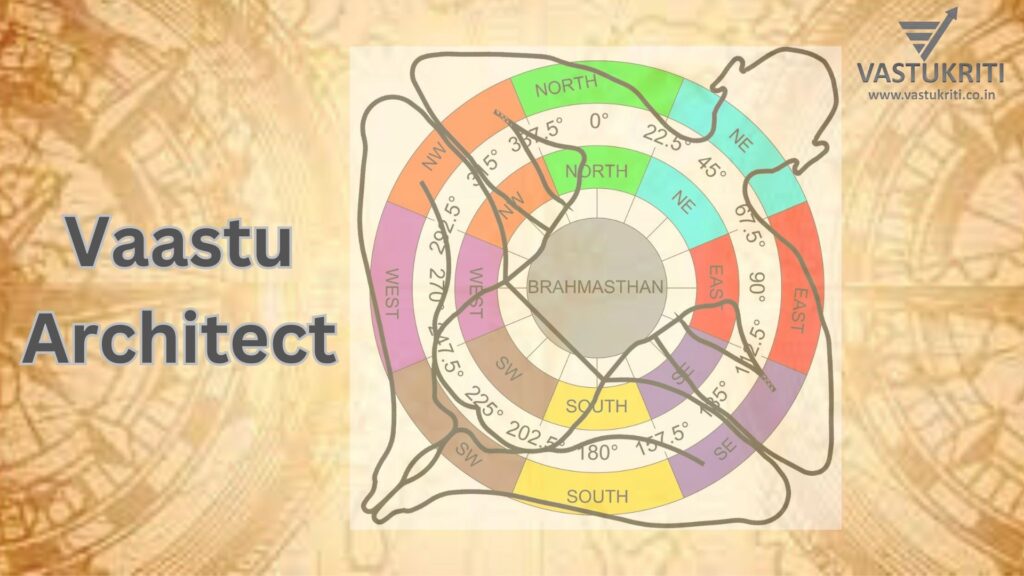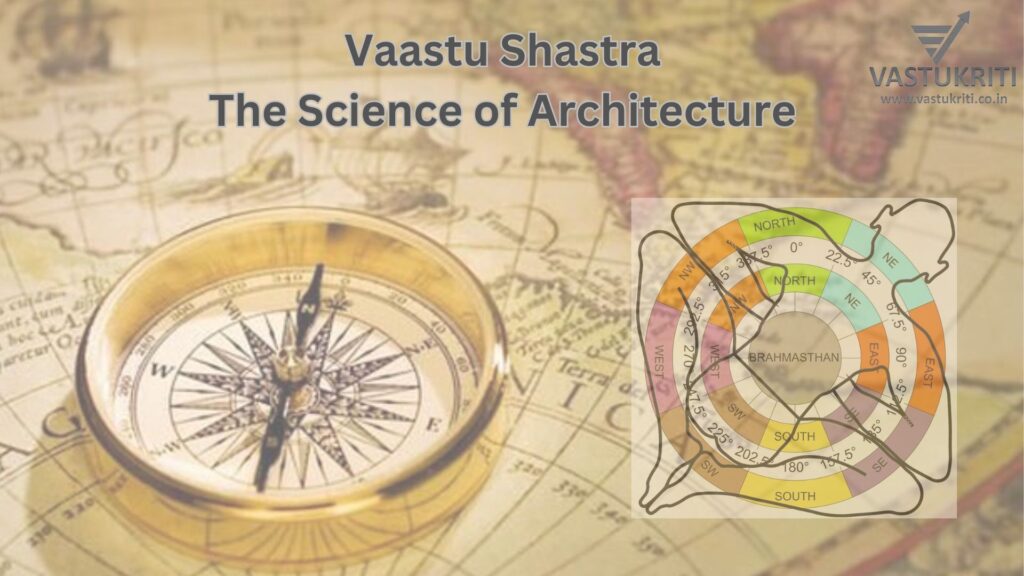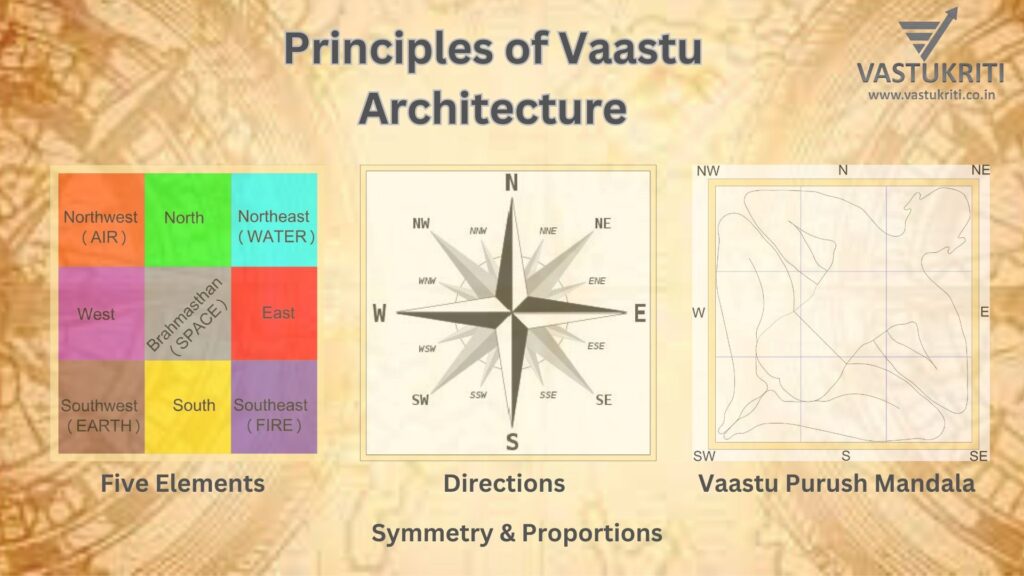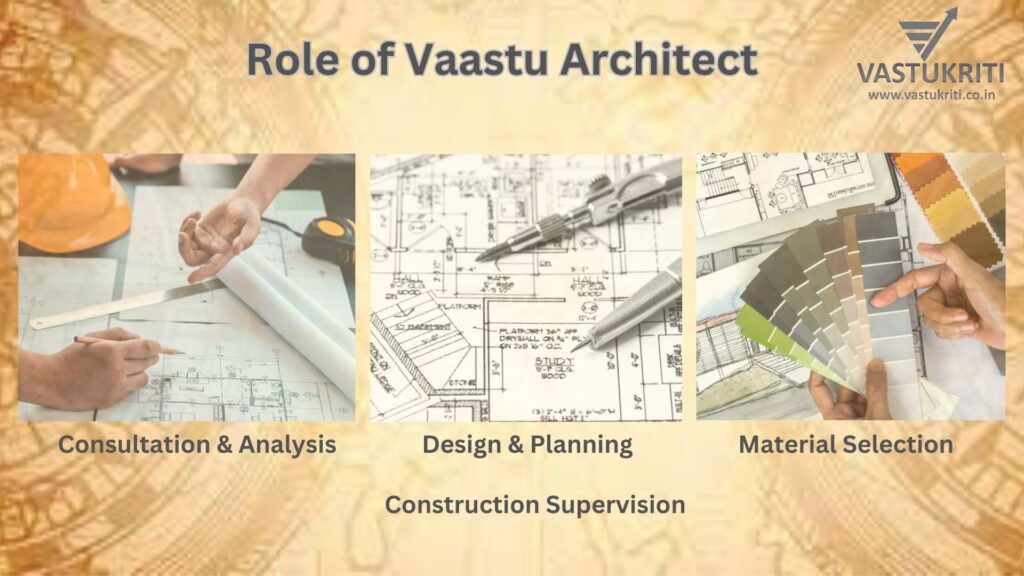
In the realm of architecture and design, there exists a fascinating discipline deeply rooted in ancient Indian wisdom – Vaastu Shastra. Vaastu architects, practitioners of this traditional Indian architectural system, blend science, art, and spirituality to create harmonious living and working spaces. In this comprehensive guide, we delve into the principles, practices, and significance of Vaastu architects.
Understanding Vaastu Shastra: Vaastu Shastra, literally translated as “the science of architecture,” is an ancient Indian doctrine that outlines principles for building design, spatial arrangement, and architectural aesthetics. Rooted in Vedic texts, Vaastu Shastra emphasizes the relationship between humans and their environment, seeking to create spaces that promote health, happiness, and prosperity.

Who is a Vaastu Architect?
A Vaastu architect is a professional trained in the principles and practices of Vaastu Shastra. These architects possess a deep understanding of Vedic texts, astrology, geography, and environmental psychology. They apply this knowledge to design spaces that align with Vaastu principles, fostering balance and positive energy flow.
Principles of Vaastu Architecture:
- Five Elements (Panchabhutas): Vaastu architecture revolves around the balance of five elements – earth, water, fire, air, and space. Each element corresponds to specific directions, materials, and energies. Vaastu architects meticulously consider these elements to ensure harmony and equilibrium in their designs.
- Directions (Disha): Vaastu Shastra assigns significance to different directions, attributing specific qualities and energies to each. Vaastu architects orient buildings to optimize natural light, airflow, and energy flow based on cardinal directions.

- Energy Flow (Vaastu Purusha Mandala): Central to Vaastu architecture is the concept of Vaastu Purusha Mandala, a cosmic energy grid representing the spirit of a building. Vaastu architects design floor plans and layouts in accordance with this grid to harness positive energies and mitigate negative influences.
- Symmetry and Proportions: Vaastu architecture emphasizes symmetry, proportion, and balance in design. Architects meticulously calculate dimensions, ratios, and geometric forms to create aesthetically pleasing and energetically harmonious spaces.
The Role of a Vaastu Architect:
- Consultation and Analysis: Vaastu architects begin by consulting clients and conducting thorough site analysis. They assess environmental factors, topography, and astrological considerations to determine the most auspicious location and orientation for a building.
Design and Planning: Using Vaastu principles as a guide, architects develop design concepts and floor plans that optimize energy flow and spatial harmony. They integrate elements such as entrances, windows, and room placements to align with Vaastu guidelines.

- Material Selection: Vaastu architects carefully select building materials based on their elemental properties and energetic qualities. They prioritize natural, sustainable materials that resonate with the principles of Vaastu Shastra, enhancing the overall vibrational integrity of the structure.
- Construction Supervision: Throughout the construction process, Vaastu architects oversee the implementation of design plans, ensuring adherence to Vaastu principles and specifications. They collaborate closely with builders and contractors to address any deviations and maintain alignment with Vaastu guidelines.
Benefits of Vaastu Architecture:
- Enhanced Well-being: Vaastu-designed spaces are believed to promote physical health, mental clarity, and emotional balance by optimizing energy flow and environmental harmony.
- Prosperity and Success: Vaastu principles aim to attract positive vibrations and abundance, fostering prosperity, success, and good fortune for occupants.
- Stress Reduction: By creating harmonious environments that resonate with natural rhythms and energies, Vaastu architecture helps alleviate stress and promote overall well-being.
Conclusion:
Vaastu architecture offers a holistic approach to design and construction, blending ancient wisdom with modern sensibilities to create spaces that nurture the body, mind, and spirit. Vaastu architects play a crucial role in translating these principles into practical design solutions, ensuring that buildings harmonize with their surroundings and support the well-being and prosperity of their occupants. Whether designing homes, offices, or public spaces, the principles of Vaastu architecture continue to inspire architects and designers worldwide, fostering a deeper connection between humanity and the built environment.

Leave a Reply